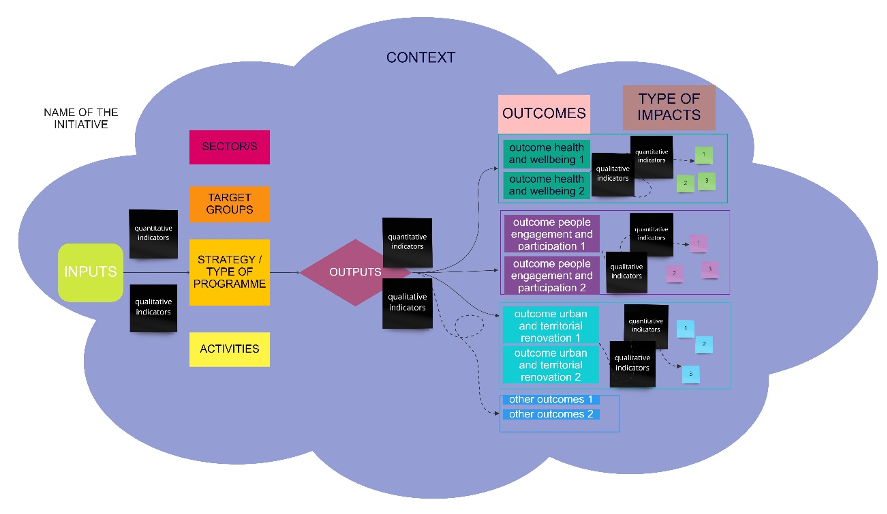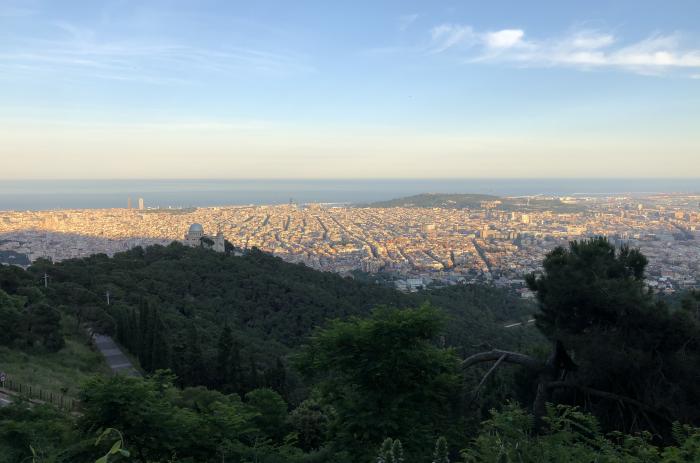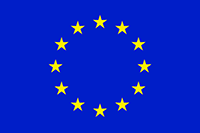A BOTTOM-UP APPROACH FOR NOURISHING THE MESOC CONCEPTUAL FRAMEWORK
The MESOC project is in full swing with the experimentations in the 10 European City Pilots. In these 10 cities, MESOC partners are working closely with public administrations and relevant agents in the cultural sector in order to map suitable cultural projects and initiatives, with the aim to identify and propose indicators to measure the societal impacts of those activities.
In the Catalan capital, the University of Barcelona is counting with the collaboration and expertise of the Culture Institute of Barcelona (ICUB), the Carulla Foundation and the Art for Change Programme of La Caixa Bank to create a map of the very diverse panorama of cultural initiatives aimed at fostering social transformation. In the case of Barcelona, the focus is on selecting initiatives producing an impact in the domain of “People Engagement and Participation” – one of the three main social impact areas of MESOC project, together with “Health and Wellbeing” and “Urban and Territorial Renovation”. Nevertheless, it is interesting to note that this first phase of analysis is showing the deep interconnection of the different impact domains, and how cultural initiatives often produce impacts in all the three individual, communitarian and territorial spheres.
After a first identification of relevant initiatives at the local level, the University of Barcelona obtained a long list of projects and contacts – which is constantly updated – and organised a first exploratory meeting with directors or managers of the cultural projects. The directors were asked to fill a survey, that will help the research team to identify the patterns that lead to social transformation. The results of the surveys were then analysed during in-depth interviews with the respondents. This process allowed a thorough understanding of impact generation mechanisms, which the University of Barcelona has tried to extract and apply to an ad hoc conceptual model.
The image below represents the adaptation of the logic model of input-activities-outputs-outcomes-impacts proposed by the University of Barcelona.

Source: image elaborated by the research team of the University of Barcelona.
The model intends to convey, in a simplified way, the analytical framework of the complex environment where cultural projects act and thrive, in order to identify the elements of a project’s implementation process that contributes to the generation of social impacts, and the related qualitative and quantitative indicators to assess such transitions.
The University of Barcelona is currently testing the model by extracting the answers from the City Pilots surveys and nurturing the visual graph, trying to detect the relationships between the different phases and factors that intervene in the social impact generation process.
Hopefully, this abstraction exercise will lead to the detection of common patterns in impact generation, which may ease the identification of relevant transitional variables and indicators to assess the societal value of cultural projects. The results of this test will also provide relevant materials to nurture the Delphi exercise that will be carried out in the next months when the theoretical and empirical results of the MESOC project obtained so far will be tested with experts, policymakers and cultural practitioners.


